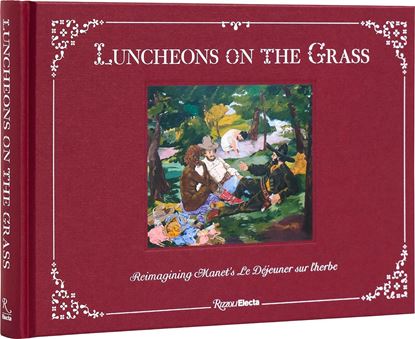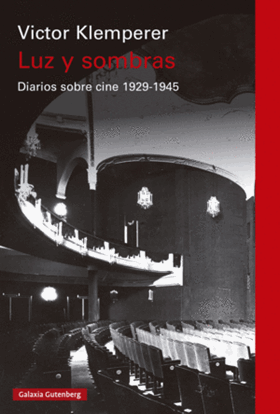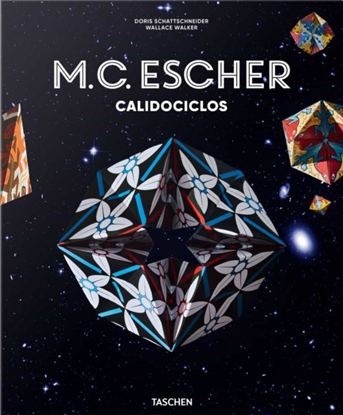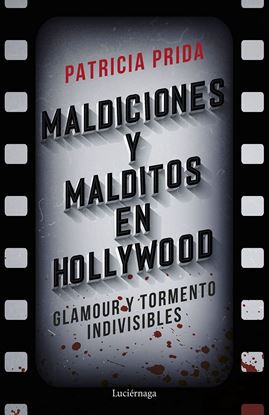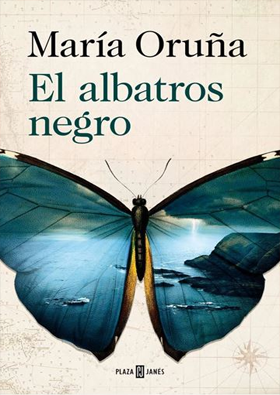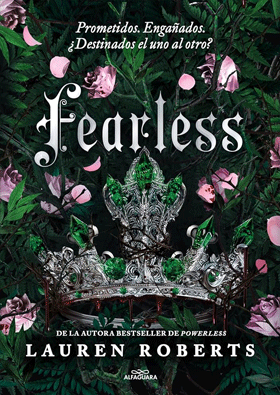

LOS SEÑORES DE LAS TIJERAS
En el presente libro, concebido como un gran reportaje, Vicente Romero nos narra la historia de la censura en el cine español, con especial atención a los cuarenta años de la dictadura franquista, cuando se ejerció un duro control religioso, militar y político no sólo sobre lo que se hacía en nuestro país, sino sobre lo que se importaba de otros. Diálogos suprimidos, argumentos tergiversados, imágenes cortadas... cuestiones que hoy nos generan una sonrisa, pero que no tenían nada de divertido para quienes los sufrían. De la mano de numerosos ejemplos, así como de entrevistas con los censores y con los cineastas que sufrieron estas humillaciones, ante los ojos del lector se despliega una crónica de la sociedad española, de quienes la dominaban con su intransigencia, un tiempo gris no tan lejano que, lamentablemente, parece que amenaza con volver.
995
746
LUNCHEONS ON THE GRASS
Thirty-five contemporary artists create their own version of Le Déjeuner sur l’herbe.
Édouard Manet’s Le Déjeuner sur l’herbe (1863) is generally cited as the first modern painting. The entry slide in art history lectures about modernism, the work remains among the “most audacious painting[s] ever seen in France,” as Ross King described it in The Judgement of Paris (2006).
As Manet did with Le Déjeuner sur l’herbe, the most provocative painters today collapse the historical and the contemporary onto one plane. Jeffrey Deitch invited a group of these influential artists to create their own versions, combined here with historical responses to Manet’s painting. The slim volume features these often biting and satirical works alongside essays discussing Le Déjeuner sur l’herbe’s enduring influence on contemporary figurative painting.
1,995
1,496
LUZ Y SOMBRAS
Presentamos íntegras por primera vez las anotaciones del diario del gran cronista Victor Klemperer sobre sus experiencias cinematográficas en los inicios de la era del cine sonoro. Desde el principio, el cinefilo es testigo de cómo la innovación tecnica se abre paso en la Alemania de 1929, y aunque inicialmente fue crítico con las películas sonoras, pronto cayó rendido ante las posibilidades de este nuevo formato. No era raro que viera varios filmes por semana. Sin embargo, los nacionalsocialistas se fueron apoderando del medio, y Klemperer acabará por quedar excluido de las salas de cine cuando en 1938 se prohíbe la entrada a los 'no arios'. Afortunadamente, ni siquiera eso pudo mantenerlo alejado de su gran pasión. Obligado a una existencia en la sombra, Klemperer experimentó momentos de luz ante la gran pantalla: 'Tanta música, humor, arte interpretativo y todo.
1,250
938
M.C. ESCHER. CALIDOCICLOS (VA)
Complicados patrones, elegantes formas geométricas e increíbles grafismos son los rasgos que convierten en fascinantes las creaciones de M.C. Escher. Este set pone en sus manos el mundo visual mágico del artista a través de 17 plantillas de papel listas para montar que le permitirán crear sus diseños multidimensionales y transformarlos, las veces que quiera, en objetos complejos, calidociclos entrelazados y mutantes. El cuadernillo incluye un análisis de los principios geométricos y la invención artística subyacente a estas maravillas ópticas.
2,500
1,875
MALDICIONES Y MALDITOS EN HOLLYWOOD
Entre las décadas de los años veinte y cincuenta de la pasada centuria, las películas, que comenzaron siendo curiosidades de gabinete en ferias, lograron convertirse en el mayor espectáculo del mundo. Los protagonistas de aquellos shows de celuloide que encandilaban al público desde la gran pantalla, pronto fueron erigidos como reyes dominantes del imaginario colectivo del siglo XX.
Pero aquel panteón cada vez más poblado de rutilantes deidades, albergaba asimismo siniestros y decadentes bastidores, plagados de sombras sin fin: espectros, maldiciones, muertes extrañas, crímenes sin resolver, adicciones, magia sexual, satanismo… Hechos misteriosos, sucesos estremecedores y, en ocasiones, atroces ocurrían entre el lujo y la fatalidad, entre el oropel y la decadencia.
Crueles destinos inexorables, tanto de numerosas estrellas, como de aspirantes a serlo.
995
746
MARINA PEREZ SIMAO
The first international monograph of one of the most exciting painters working in Brazil today, Marina Perez Simão.
Marina Perez Simão (1981–) is an internationally recognized contemporary artist who uses a variety of techniques, such as collage, drawing, watercolor, and oil painting, as starting points to combine interior and exterior landscapes. She composes visual journeys that sometimes traverse the unknown, the abstract, and the nebulous, but which also include visions and memories.
Simão’s work is held in several public collections worldwide, including the Musée d’Art Moderne et Contemporain, in Saint-Étienne, France; the Ekard Collection in the Netherlands; the Samdani Art Foundation in Bangladesh; the Sifang Art Museum in China; the Speed Art Museum in Kentucky; and the Dallas Museum of Art, among others.
2,995
2,246


